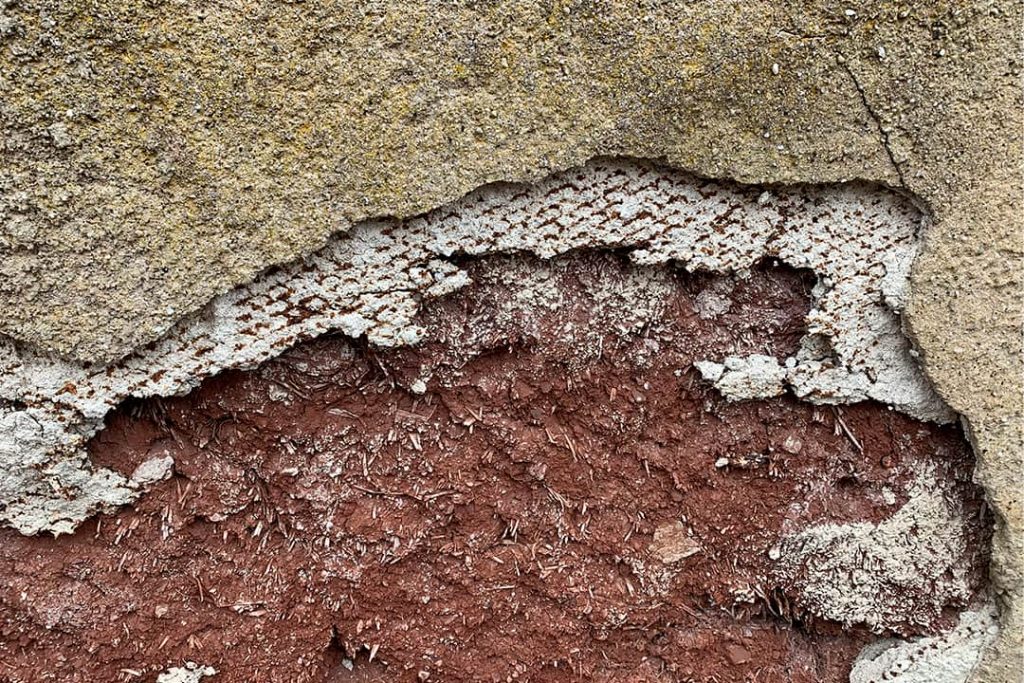When it comes to interior design, the ceiling is often an overlooked canvas. However, it plays a crucial role in the overall aesthetic of a room. One of the most pressing concerns for homeowners and designers alike is how to effectively hide imperfections in ceilings. Whether due to age, water damage, or poor installation, these flaws can detract from the beauty of a space. In this comprehensive guide, we will explore the best ceiling textures that not only conceal imperfections but also enhance the visual appeal of your interiors.
Understanding Ceiling Imperfections
Before diving into the various textures, it's essential to understand the types of imperfections that can occur on ceilings. Common issues include:
- Cracks: Often caused by settling or temperature changes.
- Water Stains: Resulting from leaks or humidity.
- Uneven Surfaces: Due to poor installation or aging materials.
- Patching Marks: Leftover from previous repairs.
Each of these imperfections can be distracting and may require different approaches for effective concealment.
The Role of Ceiling Textures
Ceiling textures serve a dual purpose: they can enhance the aesthetic appeal of a room while simultaneously masking imperfections. The right texture can draw the eye away from flaws and create a cohesive look. Here are some of the most effective ceiling textures for hiding imperfections:
- Popcorn Texture (Acoustic Ceiling Texture)
Popcorn texture, also known as acoustic ceiling texture, is a popular choice for concealing imperfections. Its bumpy surface effectively masks cracks and uneven areas. Additionally, it provides sound-dampening qualities, making it ideal for multi-story homes or apartments. However, it’s worth noting that popcorn ceilings can be challenging to clean and may harbor dust and allergens.
- Knockdown Texture
Knockdown texture is created by applying a joint compound to the ceiling and then knocking down the peaks with a trowel. This technique results in a more subtle texture compared to popcorn, making it a versatile choice for modern interiors. Knockdown texture can effectively hide imperfections while providing a contemporary look. It’s also easier to paint over than popcorn texture, allowing for more design flexibility.
- Skip Trowel Texture
Skip trowel texture is another excellent option for concealing flaws. This technique involves applying a thin layer of joint compound and then using a trowel to create a random pattern. The result is a textured surface that adds depth and character to a ceiling. Skip trowel is particularly effective in hiding minor imperfections and can be customized to suit various design styles.
- Crown Molding and Beams
While not a texture in the traditional sense, incorporating crown molding or decorative beams can effectively draw attention away from ceiling imperfections. These architectural elements can create a sense of elegance and sophistication, making any flaws less noticeable. Additionally, they can enhance the overall design of the room, providing a polished finish.
Choosing the Right Texture for Your Space
When selecting a ceiling texture, consider the following factors:
- Room Functionality: For high-traffic areas or spaces prone to moisture (like kitchens and bathrooms), opt for textures that are easy to clean and maintain.
- Aesthetic Preferences: Choose a texture that complements your overall design theme. For instance, a modern home may benefit from a knockdown texture, while a rustic space may look great with skip trowel or wood beams.
- Height of the Ceiling: Textures can visually alter the perception of ceiling height. Lighter textures can make a room feel more spacious, while heavier textures can create a cozy atmosphere.
Maintenance and Care
Once you've chosen the best ceiling texture for your needs, it's essential to maintain it properly. Regular dusting and occasional cleaning will help keep your ceiling looking fresh. For textured ceilings, a soft brush attachment on a vacuum cleaner can effectively remove dust without damaging the surface.
Conclusion
In conclusion, selecting the best ceiling texture to hide imperfections is a crucial aspect of interior design that can significantly impact the overall look and feel of a space. From popcorn and knockdown textures to the elegance of crown molding, there are numerous options available to suit various styles and preferences. By understanding the types of imperfections and the textures that can conceal them, you can create a beautiful, inviting environment that stands the test of time. Whether you’re renovating an existing space or designing a new one, the right ceiling texture can make all the difference.


